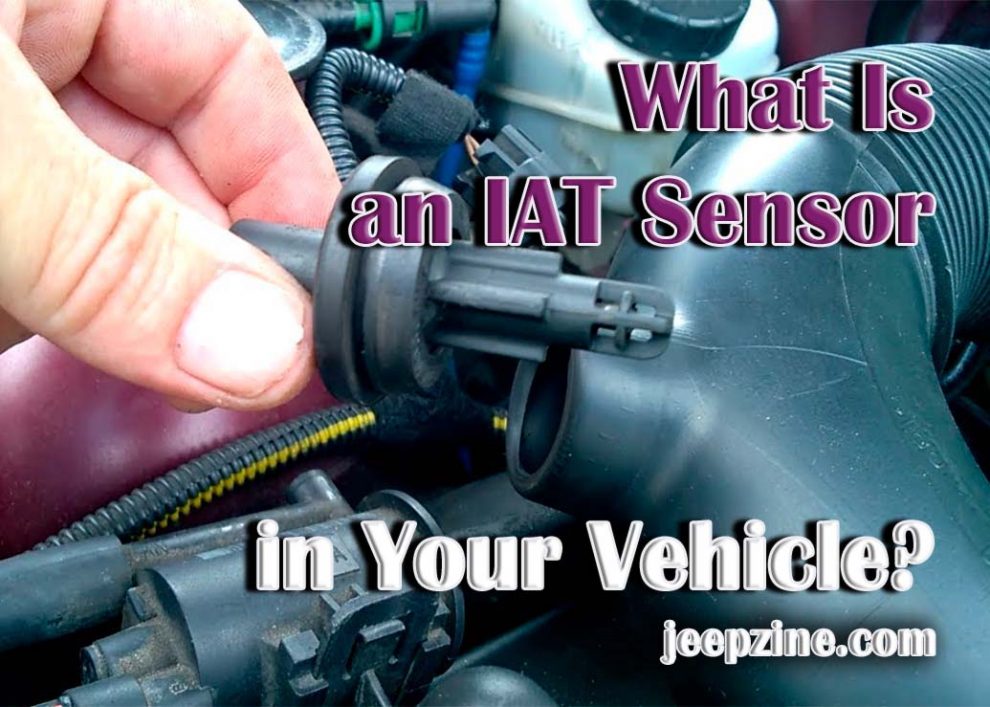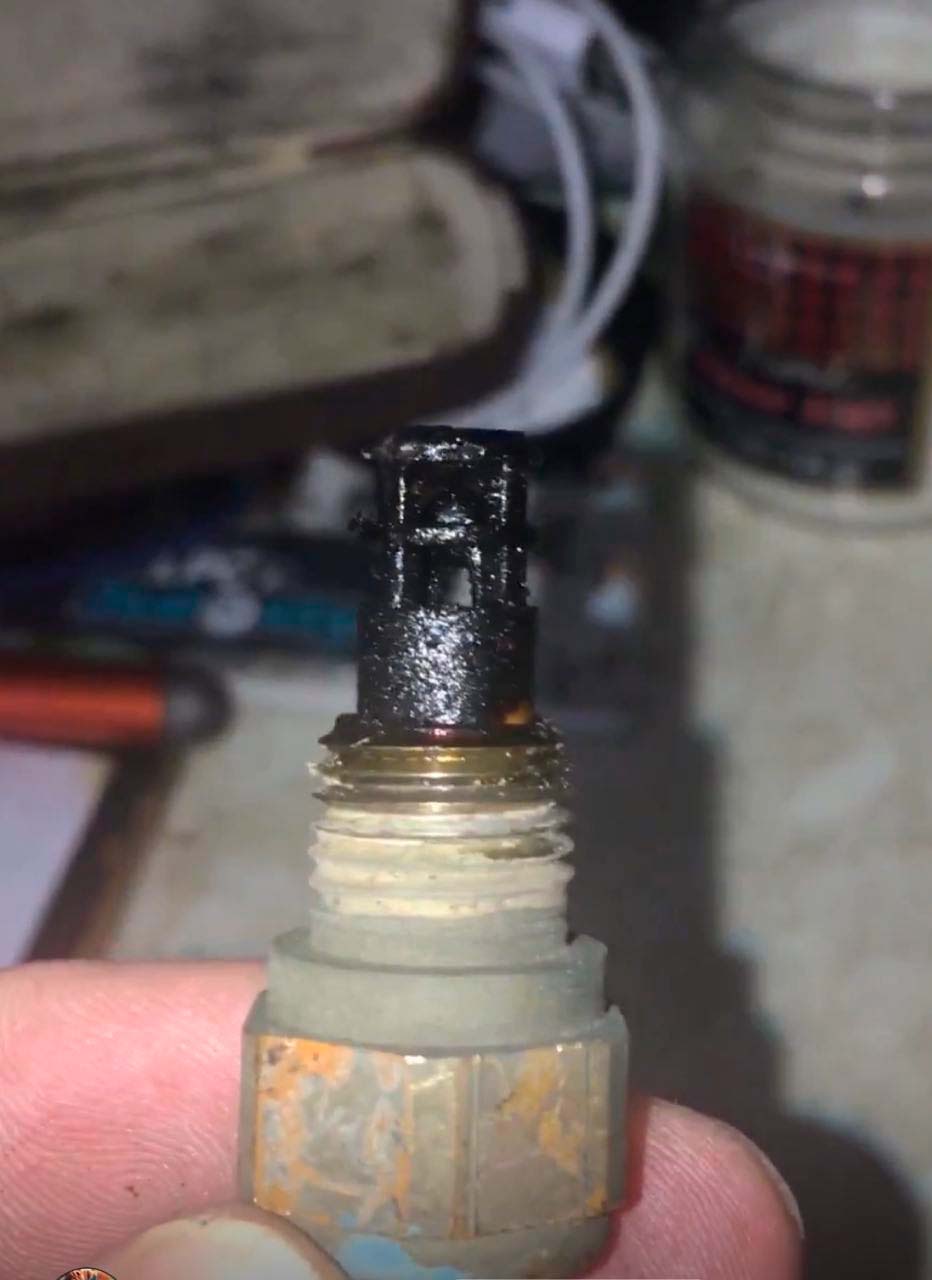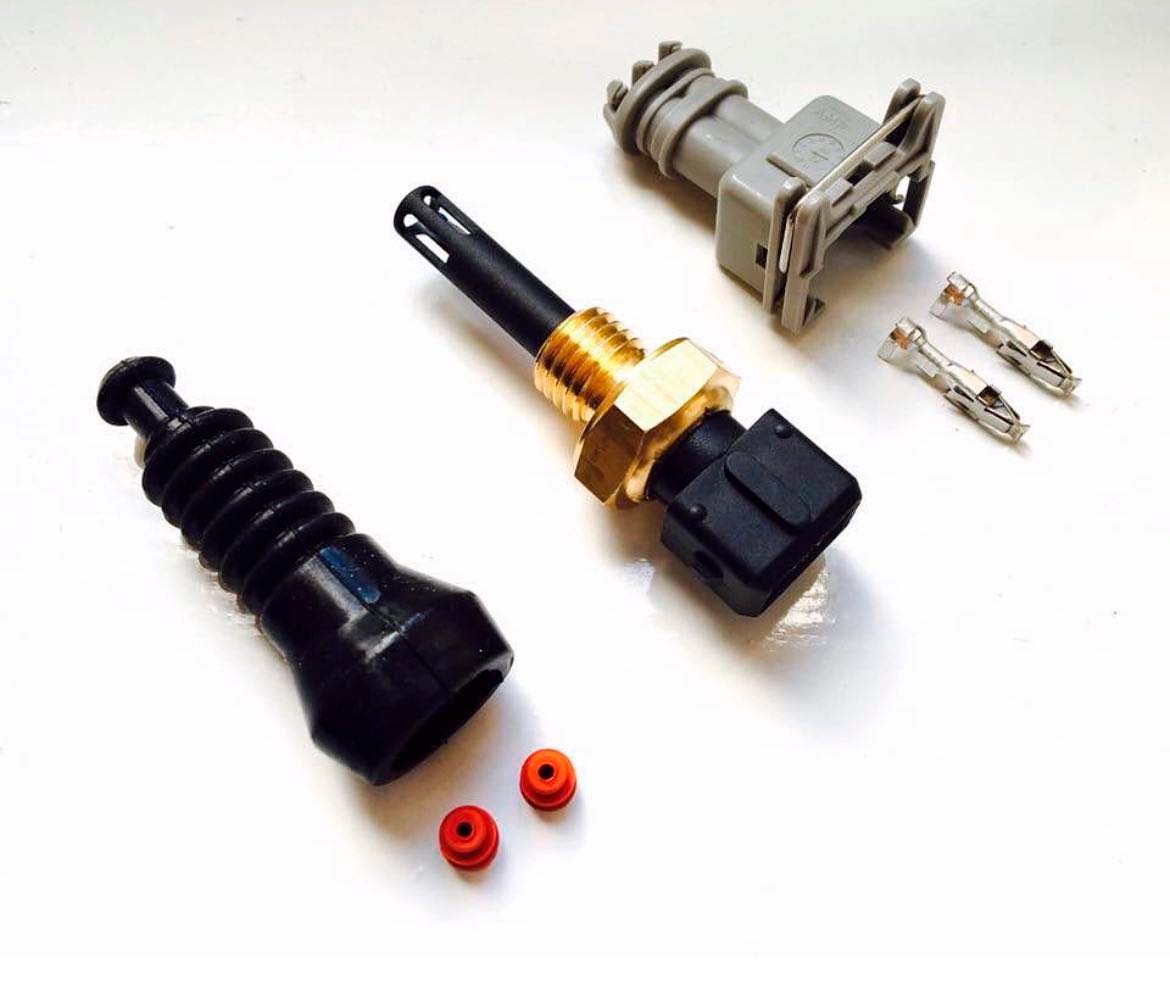An intake air temperature (IAT) sensor is an important component of a vehicle’s engine management system. It is responsible for monitoring the temperature of the air entering the engine intake, allowing the car or truck’s computer to adjust the fuel mixture and timing for optimum performance. It is typically located near or on the air filter housing and may be integrated into other MAF or MAP sensors.
How Do IAT Sensors Work?
Intake air temperature sensors measure the heat energy in the incoming air. This crucial information allows the sensor to determine the amount of fuel that needs to be injected into the combustion chamber and when the ignition timing should be adjusted for optimal engine performance. The sensor employs a thermistor or resistance-based device to measure temperature changes within a specific range, typically between minus 40 degrees Celsius (-40°C) and 125 degrees Celsius (125°C). The thermistor’s resistance changes accordingly as the temperature fluctuates within the intake manifold. The IAT sensor sends a signal back to the engine control unit (ECU) with these readings, which are then used to adjust the fuel mixture for efficient combustion. By continuously monitoring the intake air temperature, the IAT sensor ensures that the engine operates under the most favorable conditions for power, fuel economy, and emissions control. Additionally, if you own a GMC Sierra 1500 and wish to further enhance engine performance, consider reading our guide on the Best Cold Air Intake for GMC Sierra 1500. This can complement the function of your IAT sensor effectively.
Symptoms of a Failed IAT Sensor
A failed IAT (Intake Air Temperature) sensor can cause various symptoms depending on the vehicle and engine type. Here are some common symptoms of a failed IAT sensor:
-
Poor Engine Performance: If the IAT sensor fails, it can cause a decrease in engine performance due to an incorrect fuel mixture. This can result in reduced acceleration, increased fuel consumption, and misfires.
-
Hard Starting or Stalling: A failed IAT sensor can cause the engine to be slower to start or even stall when the engine is cold. This can also cause stalling when the vehicle comes to a stop.
-
Fuel Efficiency Issues: A faulty or failed IAT sensor can disrupt the engine’s fuel delivery system. This can lead to improper fuel-to-air ratios, decreasing fuel efficiency and potentially increasing fuel consumption.
-
Illuminated Check Engine Light: When the IAT sensor fails or provides incorrect readings, it will likely trigger the vehicle’s onboard diagnostic system, illuminating the check engine light on the dashboard. Retrieving the stored trouble codes can help identify the specific issue.
-
Rough Idling: A failed IAT sensor can also cause the engine to idle roughly or stall when the vehicle comes to a stop. This is usually caused by an incorrect fuel-to-air ratio, resulting in inconsistent combustion.
-
Erratic Temperature Readings: A failed IAT sensor may sometimes provide inconsistent temperature readings or inaccurate data to the engine control unit (ECU). This can disrupt the engine’s management system, leading to improper adjustments of fuel and ignition timing.
If you experience these symptoms, having your vehicle inspected by a qualified mechanic or technician is recommended. They can use diagnostic tools to identify the cause of the issue and replace the faulty IAT sensor if necessary.
What Happens When an IAT Sensor Fails?
When an intake air temperature sensor fails, it can affect the vehicle’s performance and overall operation. One of the immediate consequences is a disruption in the engine’s management system. The engine control unit relies on accurate temperature readings from the IAT sensor to make crucial adjustments to fuel injection, ignition timing, and air-fuel ratios. The ECU may receive incorrect or inconsistent temperature data with a failed IAT sensor, leading to improper engine adjustments. This can result in poor engine performance, decreased power, and compromised fuel efficiency.
Additionally, a malfunctioning IAT sensor can cause starting issues, such as extended cranking time or stalling after startup. It can also trigger the check engine light on the dashboard, indicating a fault in the sensor. A failed IAT sensor can disrupt the engine’s performance, drive ability, and fuel economy, highlighting the importance of timely diagnosis and replacement to restore optimal engine function.
How to Troubleshoot and Replace an IAT Sensor
When a vehicle has trouble starting, runs rough, or gives off an unpleasant smell, it may be time to troubleshoot and replace the intake air temperature sensor. It measures the temperature of the air coming into the engine’s intake manifold and can cause various problems if it is not working properly. To properly troubleshoot and replace an IAT sensor, follow these steps:
-
Check Circuit Connections: Inspect all cables connected to the IAT sensor for any corrosion or damage. If there are any issues with your connections, clean them with an electrical contact cleaner or replace them as needed.
-
Perform a Computer Diagnostic Test: Most modern vehicles have onboard computers that detect problems with various engine parts, including sensors like the IAT sensor. Depending on your car’s make and model, you may need special equipment to perform a computer diagnostic test, but many auto parts stores offer this service for free in-store.
-
Inspect Sensor Wiring Harness: If there are no obvious issues with your circuit connections, you will want to inspect your wiring harness inside your vehicle’s engine bay for any damage, corrosion, or loose connections. If there is any damage to the wiring harness, you must replace it.
-
Replace IAT Sensor: If all the steps above indicate your sensor is faulty, it’s time to replace it. Carefully remove the old IAT sensor and connect the new one. Ensure all connections are properly secured, and no wires are pinched or exposed before starting and testing your vehicle.
Following these steps should help you troubleshoot and replace an IAT sensor. Always wear safety goggles and gloves when working with electrical components inside your vehicle engine bay and a dust mask if necessary for safety against particles in the air.
Conclusion
The IAT sensor is an important component of a vehicle’s engine management system. It measures the temperature of the air entering the engine and sends this crucial data to the engine control unit, which uses this information to adjust for efficient operation. A failed IAT sensor can cause various issues with your vehicle, such as poor performance, hard starting, stalling, and even increased fuel consumption. If you experience any of these symptoms, it is recommended that you have your vehicle inspected by a qualified mechanic or technician and replace the faulty IAT sensor if necessary.


 Poor Engine Performance: If the IAT sensor fails, it can cause a decrease in engine performance due to an incorrect fuel mixture. This can result in reduced acceleration, increased fuel consumption, and misfires.
Poor Engine Performance: If the IAT sensor fails, it can cause a decrease in engine performance due to an incorrect fuel mixture. This can result in reduced acceleration, increased fuel consumption, and misfires.
Add Comment